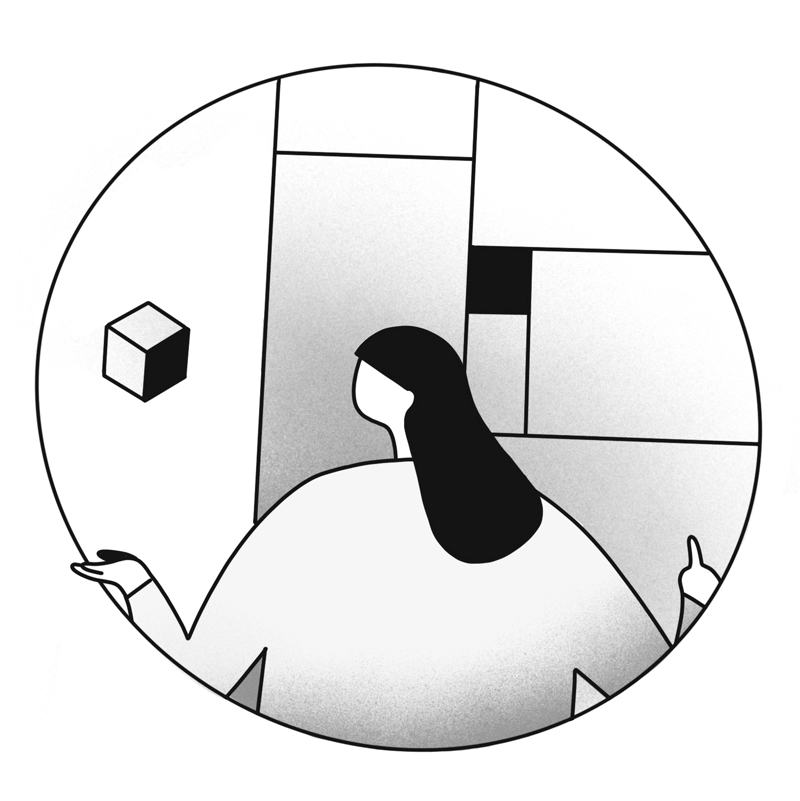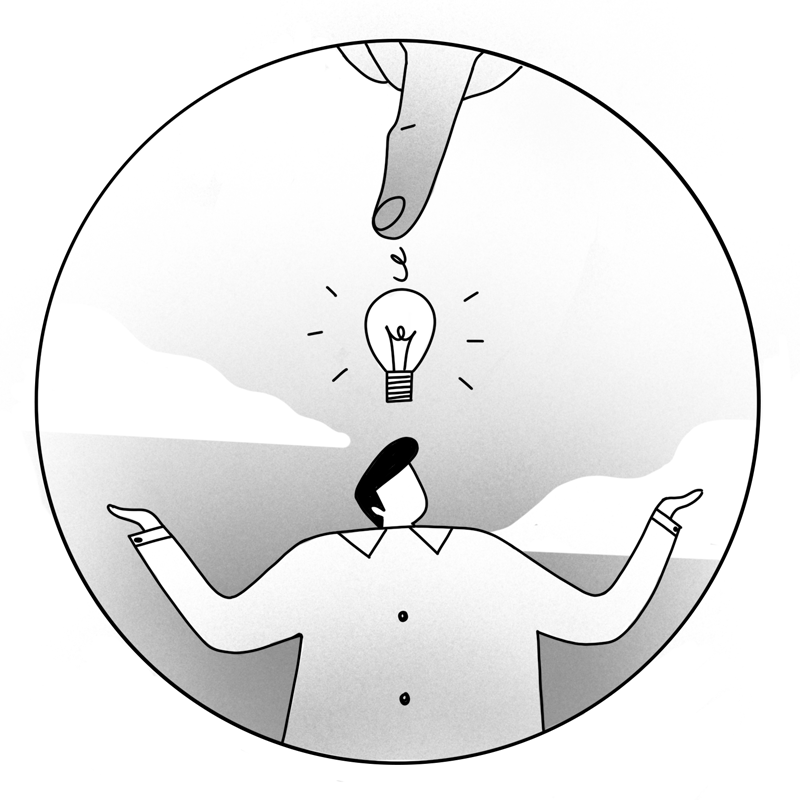Service Design
UX design
Information Design
Digital Driven Ideation Methods
Six data-driven methods to ideate and co-create

Digital Driven Ideation Methods is method-kit made up of six methods, based on tools already known by ux and service designers, that aims to encourage and facilitate the ideas generation process during co-design sessions.
The website is the final output and part of my master thesis.
The MA thesis project (MA in Communication Design at Politecnico Milano) is intended to explore a syncretism between two approaches - Digital Methods & Human-Centered Design - through the creation of a data-driven methodkit, to be used in the ideation phase. The methods presented are the result of deep research, based on literature and interviews with experties. The methodkit takes and applies the Digital Methods tools in the creation of products and services in order to generate new ideas.


Digital Methods can be used to augment the ideation capabilities of a team by quickly collecting stimuli in the online field, and use them to inject fresh energies and inspirations during co-design sessions. Lateral thinking techniques can be empowered by Digital Methods, leveraging large sets of data as a resource to generate random entries, provocation statements and sorting exercises.
the six methods

Marie Kondo helps you to group, organize and prioritize set of digital traces, in order to come up with a brand new idea.

Flat Earth is a problem reversal method that helps you generate new ideas by denying a common behaviour or pattern in a set of digital traces.

Super Jump is a generative method, based on the analysis of parallel worlds, where part of the experiences you are trying to design are well solved.

Open Mic is a generative method, based on the community voice (statements) that will guide you through the ideation process.

Godsend is a generative random method, which is based on connection between a random entry and your field of investigation.

Flock Of Birds will allow you to map connections between elements in a set of digital traces, in order to identify clusters and patterns inside it.